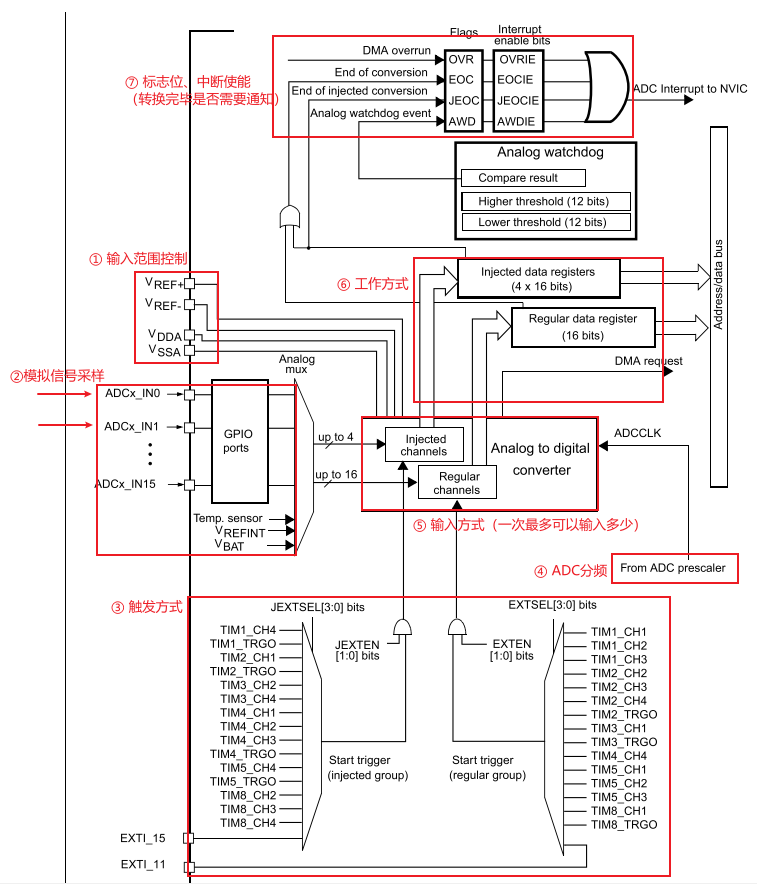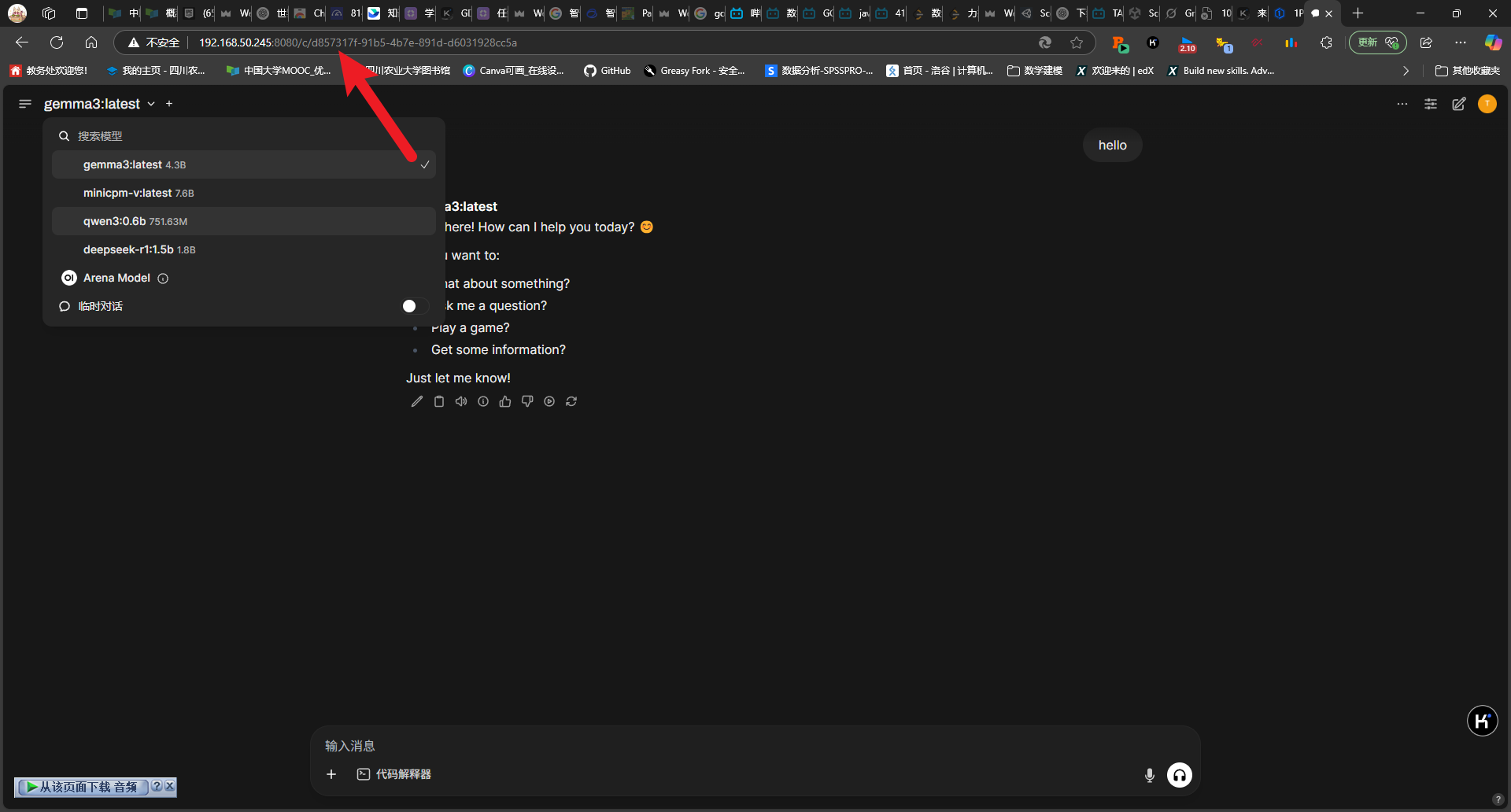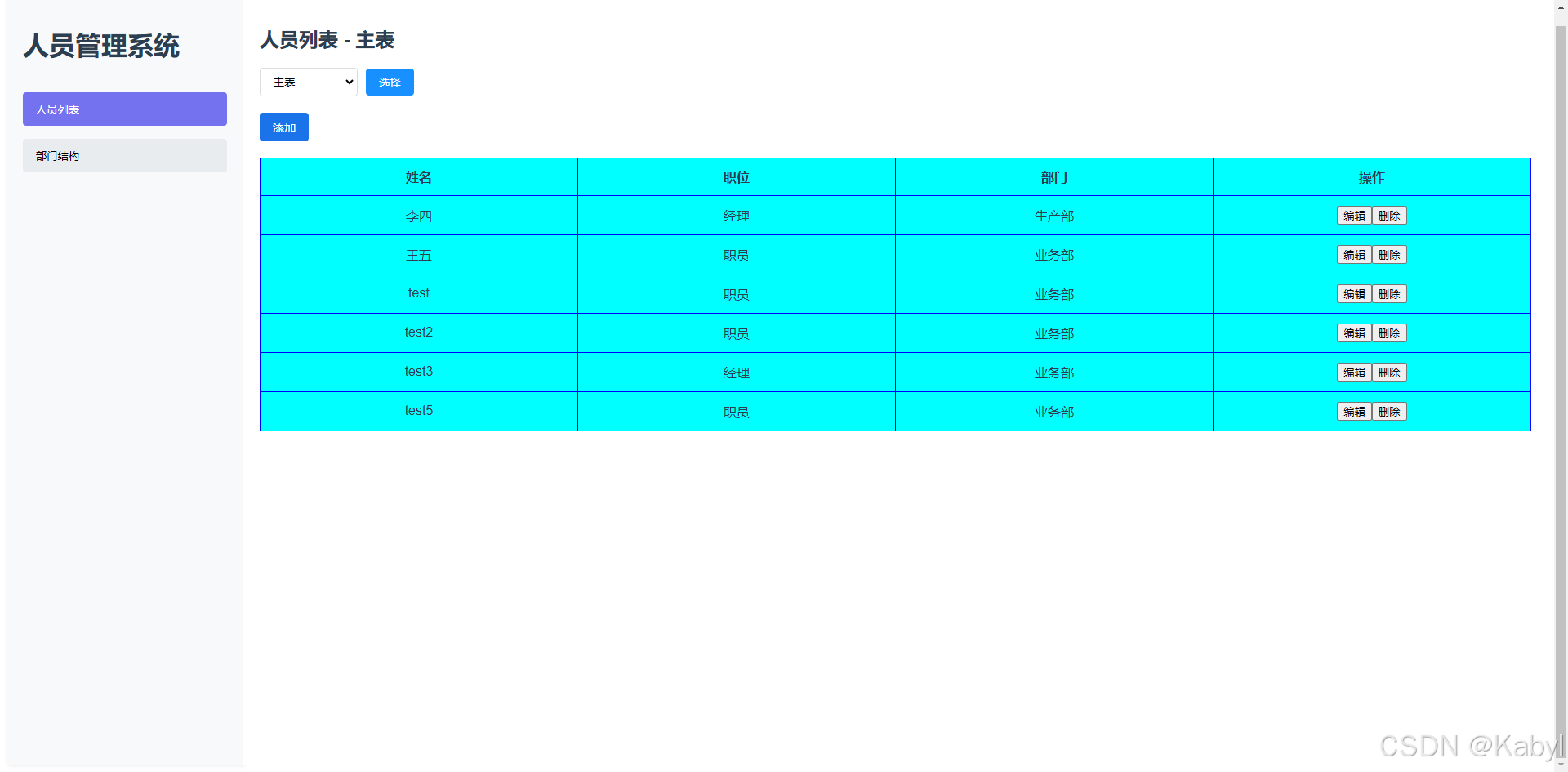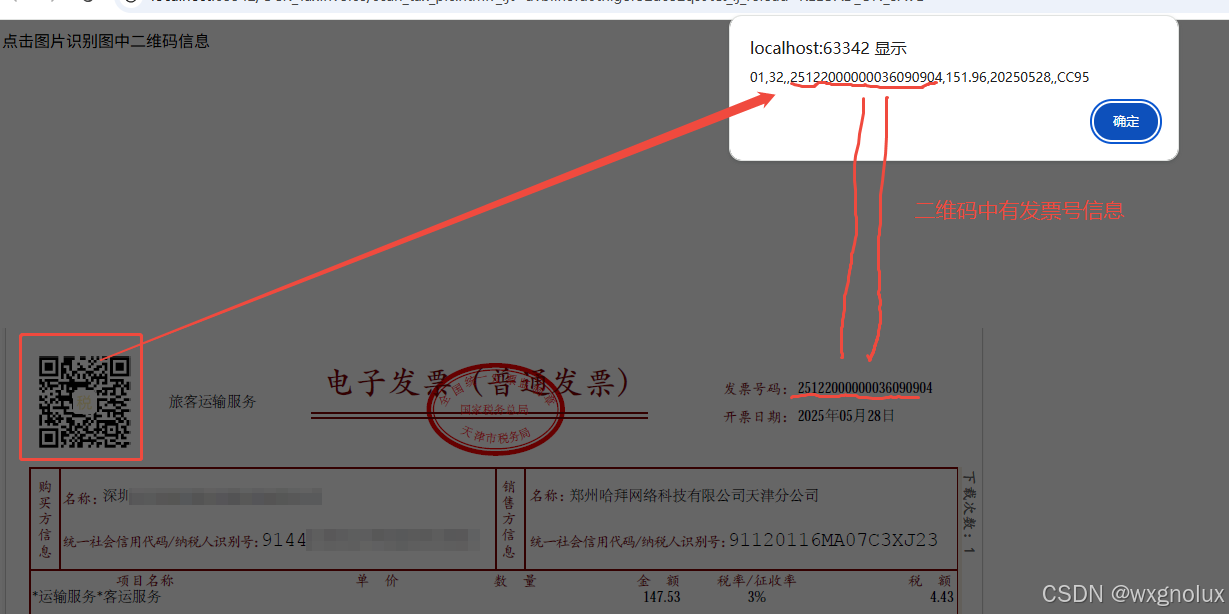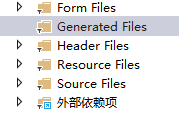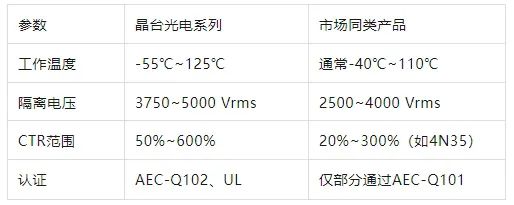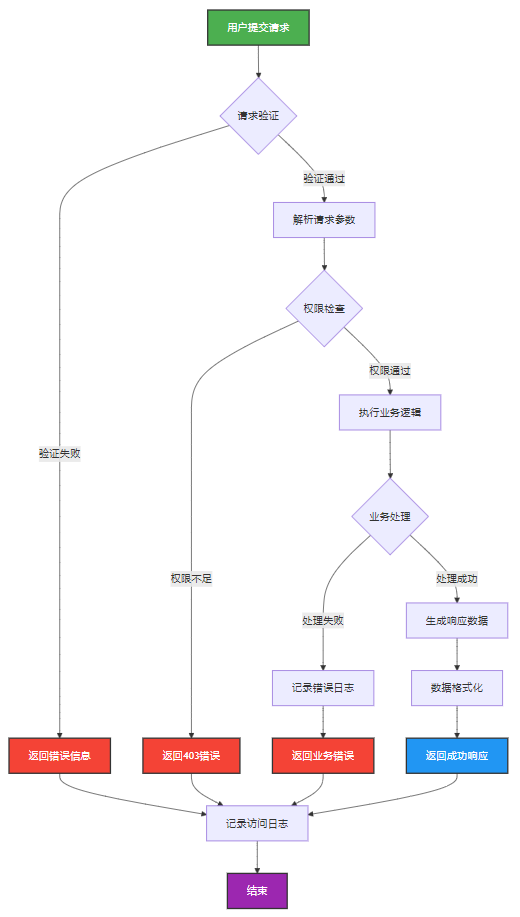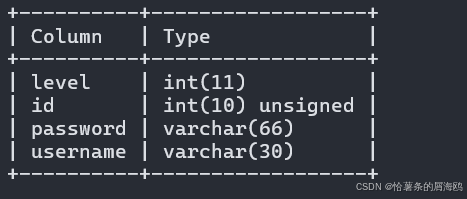文章目录
- 一 LangChain输出解析器概述
- 1.1 什么是输出解析器?
- 1.2 主要功能与工作原理
- 1.3 常用解析器类型
- 二 主要输出解析器类型
- 2.1 Pydantic/Json输出解析器
- 2.2 结构化输出解析器
- 2.3 列表解析器
- 2.4 日期解析器
- 2.5 Json输出解析器
- 2.6 xml输出解析器
- 三 高级使用技巧
- 3.1 自定义解析逻辑
- 3.2 重试与错误处理
- 3.3 多模式解析
- 四 实际应用示例
- 4.1 构建问答系统
- 4.2 性能优化建议
- 五 总结
一 LangChain输出解析器概述
- LangChain输出解析器是LangChain框架中的核心组件,主要用于将大型语言模型(LLM)生成的非结构化文本转换为结构化数据格式。它允许开发者定义期望的输出结构,并通过提示工程指导LLM生成符合该格式的响应。输出解析器在验证和转换模型输出时发挥着关键作用,确保数据能够无缝集成到应用程序的工作流程中。
1.1 什么是输出解析器?
输出解析器是LangChain框架中的一类组件,专门负责两大功能:
- 指令格式化:指导LLM如何格式化其输出
- 结果解析:将LLM的文本响应转换为结构化格式
与直接使用原始API调用相比,输出解析器提供了更可靠、更可预测的结果处理方式,极大简化了后续的数据处理流程。
1.2 主要功能与工作原理
- 输出解析器通过两个核心机制实现功能:首先通过get_format_instructions方法生成格式化指令,明确告知LLM输出应遵循的结构;然后通过parse方法将LLM的原始响应解析为目标数据结构。这种双重机制既保证了输出的规范性,又提供了灵活的数据转换能力。典型的应用场景包括将文本转换为JSON对象、列表、枚举值或特定领域对象等结构化数据。
1.3 常用解析器类型
- LangChain提供了丰富的内置解析器,包括ListParser(列表解析器)、DatetimeParser(日期时间解析器)、EnumParser(枚举解析器)和PydanticOutputParser(JSON解析器)等。其中PydanticOutputParser特别强大,它基于Pydantic模型定义数据结构,可以处理嵌套复杂的JSON格式,并自动生成对应的格式指令。此外还有StructuredOutputParser用于处理自定义类结构,Auto-FixingParser可自动修复格式错误。
二 主要输出解析器类型
LangChain提供了多种输出解析器,适用于不同场景:
2.1 Pydantic/Json输出解析器
-
- Pydantic/Json解析器允许您定义严格的输出模式,确保LLM响应符合预期的数据结构,非常适合需要强类型验证的场景。
from langchain.output_parsers import PydanticOutputParser
from pydantic import Field, BaseModel
class UserProfile(BaseModel):
name: str = Field(description="用户全名")
age: int = Field(description="用户年龄")
hobbies: list[str] = Field(description="用户爱好列表")
parser = PydanticOutputParser(pydantic_object=UserProfile)
- 完整案例:
import os
from langchain_core.output_parsers import PydanticOutputParser
# from langchain_core.output_parsers import JsonOutputParser
from langchain_core.prompts import PromptTemplate
from langchain_openai import ChatOpenAI
from pydantic import Field, BaseModel
# 配置 API 易环境
os.environ["OPENAI_API_KEY"] = "hk-xxx"
os.environ["OPENAI_API_BASE"] = "https://api.openai-hk.com/v1"
model=ChatOpenAI(model="gpt-4",temperature=0)
# 定义期望的数据结构
class Joke(BaseModel):
setup:str =Field(description="设置笑话的问题")
punchline:str =Field(description="解决笑话的答案")
# 用于提示语言模型填充数据结构的查询意图
joke_query="告诉我一个笑话"
# 设置解析器+将指令注入提示模板
# parser=JsonOutputParser(pydantic_object=Joke)
parser=PydanticOutputParser(pydantic_object=Joke)
prompt=PromptTemplate(
template="回答用户的查询。\n{format_instructions}\n{query}\n",
input_variables=["query"],
partial_variables={"format_instructions":parser.get_format_instructions()}
)
print(parser.get_format_instructions())
- 输出结果:
"""
The output should be formatted as a JSON instance that conforms to the JSON schema below.
As an example, for the schema {"properties": {"foo": {"title": "Foo", "description": "a list of strings", "type": "array", "items": {"type": "string"}}}, "required": ["foo"]}
the object {"foo": ["bar", "baz"]} is a well-formatted instance of the schema. The object {"properties": {"foo": ["bar", "baz"]}} is not well-formatted.
Here is the output schema:
{"properties": {"setup": {"description": "设置笑话的问题", "title": "Setup", "type": "string"}, "punchline": {"description": "解决笑话的答案", "title": "Punchline", "type": "string"}}, "required": ["setup", "punchline"]}
"""
chain=prompt|model|parser
response=chain.invoke({"query":joke_query})
print(response)
"""
{'setup': '为什么计算机不能得感冒?', 'punchline': '因为它们有防火墙!'}
"""
2.2 结构化输出解析器
- 当需要灵活定义输出结构而不想引入Pydantic依赖时,结构化输出解析器是理想选择。
from langchain.output_parsers import StructuredOutputParser, ResponseSchema
response_schemas = [
ResponseSchema(name="answer", description="问题的答案"),
ResponseSchema(name="source", description="答案来源")
]
parser = StructuredOutputParser.from_response_schemas(response_schemas)
- 完整代码
import os
from langchain.output_parsers import StructuredOutputParser, ResponseSchema
from langchain_core.prompts import PromptTemplate
from langchain_openai import ChatOpenAI
# 配置 API 易环境
os.environ["OPENAI_API_KEY"] = "hk-xxx"
os.environ["OPENAI_API_BASE"] = "https://api.openai-hk.com/v1"
model=ChatOpenAI(model="gpt-4",temperature=0)
response_schemas = [
ResponseSchema(name="answer", description="问题的答案"),
ResponseSchema(name="source", description="答案来源")
]
# 设置解析器+将指令注入提示模板
parser = StructuredOutputParser.from_response_schemas(response_schemas)
prompt=PromptTemplate(
template="回答用户的查询。\n{format_instructions}\n{query}\n",
input_variables=["query"],
partial_variables={"format_instructions":parser.get_format_instructions()}
)
print(parser.get_format_instructions())
"""
The output should be a markdown code snippet formatted in the following schema, including the leading and trailing "```json" and "```":
{
"answer": string // 问题的答案
"source": string // 答案来源
}
"""
chain=prompt|model|parser
# 用于提示语言模型填充数据结构的查询意图
joke_query="告诉我一个笑话"
response=chain.invoke({"query":joke_query})
print(response)
"""
{'answer': '为什么数学书总是很忧伤?因为它有太多的问题!', 'source': '常见幽默笑话'}
"""
2.3 列表解析器
- 简单高效地将逗号分隔的列表响应转换为Python列表,适用于简单的枚举场景。
from langchain.output_parsers import CommaSeparatedListOutputParser
parser = CommaSeparatedListOutputParser()
2.4 日期解析器
- 专门处理日期时间字符串,将其转换为Python datetime对象,省去了手动解析的麻烦。
from langchain.output_parsers import DatetimeOutputParser
parser = DatetimeOutputParser()
2.5 Json输出解析器
- JSON作为现代API和Web应用中最常用的数据交换格式,LangChain提供了专门的JSON输出解析器来简化处理流程。
import os
from langchain_core.output_parsers import JsonOutputParser
from langchain_core.prompts import PromptTemplate
from langchain_openai import ChatOpenAI
from pydantic import Field, BaseModel
# 配置 API 易环境
os.environ["OPENAI_API_KEY"] = "hk-xxx"
os.environ["OPENAI_API_BASE"] = "https://api.openai-hk.com/v1"
model=ChatOpenAI(model="gpt-4",temperature=0)
# 定义期望的数据结构
class Joke(BaseModel):
setup:str =Field(description="设置笑话的问题")
punchline:str =Field(description="解决笑话的答案")
# 用于提示语言模型填充数据结构的查询意图
joke_query="告诉我一个笑话"
# 设置解析器+将指令注入提示模板
parser=JsonOutputParser(pydantic_object=Joke)
prompt=PromptTemplate(
template="回答用户的查询。\n{format_instructions}\n{query}\n",
input_variables=["query"],
partial_variables={"format_instructions":parser.get_format_instructions()}
)
print(parser.get_format_instructions())
"""
The output should be formatted as a JSON instance that conforms to the JSON schema below.
As an example, for the schema {"properties": {"foo": {"title": "Foo", "description": "a list of strings", "type": "array", "items": {"type": "string"}}}, "required": ["foo"]}
the object {"foo": ["bar", "baz"]} is a well-formatted instance of the schema. The object {"properties": {"foo": ["bar", "baz"]}} is not well-formatted.
Here is the output schema:
{"properties": {"setup": {"description": "设置笑话的问题", "title": "Setup", "type": "string"}, "punchline": {"description": "解决笑话的答案", "title": "Punchline", "type": "string"}}, "required": ["setup", "punchline"]}
"""
chain=prompt|model|parser
response=chain.invoke({"query":joke_query})
for s in chain.stream({"query":joke_query}):
print(s)
"""
{}
{'setup': ''}
{'setup': '为'}
{'setup': '为什'}
{'setup': '为什么'}
{'setup': '为什么电'}
{'setup': '为什么电脑'}
{'setup': '为什么电脑很'}
{'setup': '为什么电脑很好'}
{'setup': '为什么电脑很好吃'}
{'setup': '为什么电脑很好吃?'}
{'setup': '为什么电脑很好吃?', 'punchline': ''}
{'setup': '为什么电脑很好吃?', 'punchline': '因'}
{'setup': '为什么电脑很好吃?', 'punchline': '因为'}
{'setup': '为什么电脑很好吃?', 'punchline': '因为它'}
{'setup': '为什么电脑很好吃?', 'punchline': '因为它们'}
{'setup': '为什么电脑很好吃?', 'punchline': '因为它们有'}
{'setup': '为什么电脑很好吃?', 'punchline': '因为它们有很'}
{'setup': '为什么电脑很好吃?', 'punchline': '因为它们有很多'}
{'setup': '为什么电脑很好吃?', 'punchline': '因为它们有很多字'}
{'setup': '为什么电脑很好吃?', 'punchline': '因为它们有很多字节'}
{'setup': '为什么电脑很好吃?', 'punchline': '因为它们有很多字节('}
{'setup': '为什么电脑很好吃?', 'punchline': '因为它们有很多字节(bytes'}
{'setup': '为什么电脑很好吃?', 'punchline': '因为它们有很多字节(bytes)'}
{'setup': '为什么电脑很好吃?', 'punchline': '因为它们有很多字节(bytes)!'}
"""
2.6 xml输出解析器
- LangChain的XML输出解析器为这些场景提供了专业支持。
import os
from langchain_core.output_parsers import XMLOutputParser
from langchain_core.prompts import PromptTemplate
from langchain_openai import ChatOpenAI
# 配置 API 易环境
os.environ["OPENAI_API_KEY"] = "hk-xxx"
os.environ["OPENAI_API_BASE"] = "https://api.openai-hk.com/v1"
model=ChatOpenAI(model="gpt-4",temperature=0)
# 用于提示语言模型填充数据结构的查询意图
actor_query="生成周星驰的简化电影作品列表,按照最新的时间降序"
# 设置解析器+将指令注入提示模板
parser=XMLOutputParser(tags=["movies","actor","film","name","genre"])
prompt=PromptTemplate(
template="回答用户的查询。\n{format_instructions}\n{query}\n",
input_variables=["query"],
partial_variables={"format_instructions":parser.get_format_instructions()}
)
print(parser.get_format_instructions())
- 执行输出:
"""
The output should be formatted as a XML file.
1. Output should conform to the tags below.
2. If tags are not given, make them on your own.
3. Remember to always open and close all the tags.
As an example, for the tags ["foo", "bar", "baz"]:
1. String "<foo>
<bar>
<baz></baz>
</bar>
</foo>" is a well-formatted instance of the schema.
2. String "<foo>
<bar>
</foo>" is a badly-formatted instance.
3. String "<foo>
<tag>
</tag>
</foo>" is a badly-formatted instance.
Here are the output tags:
['movies', 'actor', 'film', 'name', 'genre']
"""
chain=prompt|model
response=chain.invoke({"query":actor_query})
xml_output=parser.parse(response.content)
print(response.content)
"""
```xml
<movies>
<actor>
<name>周星驰</name>
<film>
<name>美人鱼</name>
<genre>喜剧</genre>
<year>2016</year>
</film>
<film>
<name>西游降魔篇</name>
<genre>喜剧</genre>
<year>2013</year>
</film>
<film>
<name>长江七号</name>
<genre>科幻</genre>
<year>2008</year>
</film>
<film>
<name>功夫</name>
<genre>动作</genre>
<year>2004</year>
</film>
<film>
<name>少林足球</name>
<genre>喜剧</genre>
<year>2001</year>
</film>
</actor>
</movies>
这是一个简化的电影作品列表,列出了周星驰的一些电影,包括电影名称、类型和年份。这个列表是按照最新的时间降序排列的。
"""
三 高级使用技巧
3.1 自定义解析逻辑
- 通过继承BaseOutputParser,可以创建完全自定义的解析逻辑,处理特殊响应格式。
from langchain.output_parsers import BaseOutputParser
class BooleanParser(BaseOutputParser[bool]):
def parse(self, text: str) -> bool:
cleaned = text.strip().lower()
if cleaned in ("yes", "true", "1"):
return True
elif cleaned in ("no", "false", "0"):
return False
raise ValueError(f"无法解析为布尔值: {text}")
@property
def _type(self) -> str:
return "boolean_parser"
3.2 重试与错误处理
- 当初始解析失败时,重试解析器会自动尝试修正错误,显著提高系统鲁棒性。
from langchain.output_parsers import RetryWithErrorOutputParser
retry_parser = RetryWithErrorOutputParser.from_llm(
parser=parser,
llm=chat_llm
)
3.3 多模式解析
- 输出修正解析器可以检测并尝试自动修复格式错误的响应,特别适合生产环境中提高可靠性。
from langchain.output_parsers import OutputFixingParser
fixing_parser = OutputFixingParser.from_llm(parser=parser, llm=chat_llm)
四 实际应用示例
4.1 构建问答系统
import os
from langchain_core.output_parsers import JsonOutputParser
from langchain_openai import ChatOpenAI
from langchain.prompts import ChatPromptTemplate
from pydantic import BaseModel, Field
# 配置 API 环境
os.environ["OPENAI_API_KEY"] = "hk-xxx"
os.environ["OPENAI_API_BASE"] = "https://api.openai-hk.com/v1"
template = """根据上下文回答问题,并按照要求格式化输出。
上下文: {context}
问题: {question}
{format_instructions}"""
prompt = ChatPromptTemplate.from_template(template)
model = ChatOpenAI(model="gpt-4")
# 定义输出数据结构
class Answer(BaseModel):
answer: str = Field(description="根据上下文回答问题")
confidence: float = Field(description="回答的置信度")
# 创建解析器
parser = JsonOutputParser(pydantic_model=Answer)
chain = prompt | model | parser
result = chain.invoke({
"context": "LangChain是一个LLM应用开发框架...",
"question": "LangChain是什么?",
"format_instructions": parser.get_format_instructions()
})
print(result)
4.2 性能优化建议
- 清晰的指令:在提示中明确说明输出格式要求。
- 渐进式解析:复杂结构可分步解析。
- 错误回退:实现备用解析策略。
- 缓存机制:对相同输入缓存解析结果。
- 监控指标:跟踪解析成功率,及时发现模式问题。
五 总结
- LangChain的输出解析器组件为LLM应用开发提供了关键的结构化数据处理能力。通过合理选择和使用各种解析器,开发者可以:
- 确保数据的一致性和可靠性
- 减少胶水代码和手动解析工作
- 构建更健壮的生产级应用
- 专注于业务逻辑而非数据清洗


